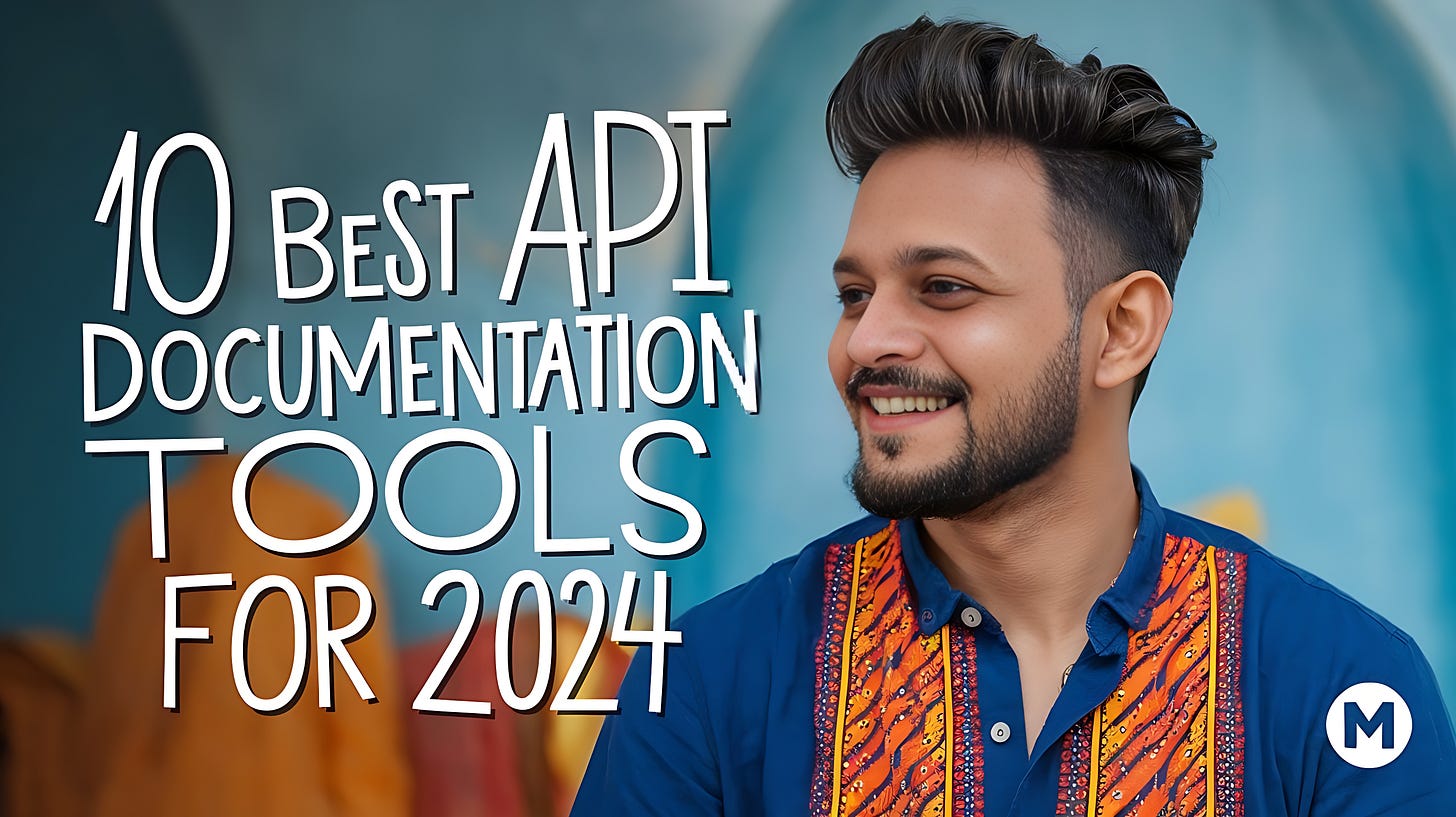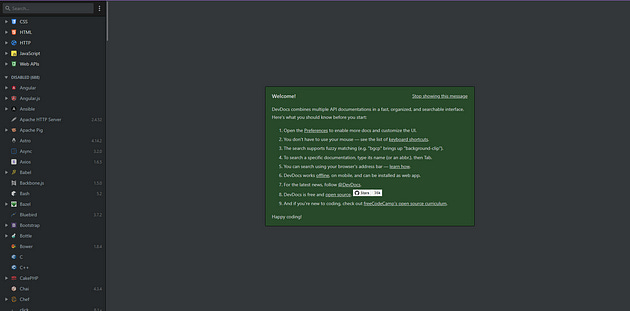Hey! 😄 From developing quite a number of API projects, I can confidently say: API documentation can be a real game-changer. Normally, this is the first point of contact for both users and developers. A superlative developer experience (DX) emanates from intuitive, well-organized APIs. Without API documentation, even the most robust APIs may resemble an unsolvable puzzle 🧩.
But the good news is that API documentation tools have undergone tremendous evolution lately, and there’s an ocean of options ready for you to build the best possible documentation. Be it a small team or an enterprise level working on APIs, there’s something for everyone.
Based on experience and research, here are my top 10 API documentation tools for the year 2024, appropriately researched. Now, let’s dive in! 🚀
1.Apiary📝
Apiary is a gem to build interactive API documentation either using API Blueprint or Swagger format. One of the things I love most about it is how it is able to find errors in real time, thus saving a person from a ton of headaches. The negative about it is that it has certain limitations: the free tier allows only one public project. So, if you’re working on something private, you may look elsewhere.
2. Slate🧑💻
Indeed, Slate has turned into one of those applications that I use whenever I need clean, minimalistic, yet nice-looking documentation. Being open source, with that beautiful side-by-side layout, it is absolutely great for projects using multiple programming languages. It’s like Stripe’s or PayPal’s docs — so sleek and nice to scroll through. 😎
3. SwaggerHub🔧
If you have used OpenAPI before, you’ll simply love SwaggerHub. It’s backed by SmartBear, and aside from OpenAPI, it also supports AsyncAPI. What’s cool about it is that it allows reusable blocks and you can organize large projects with ease. If you work on big or complex APIs, give SwaggerHub a try!
4. Readme🌐
ReadMe turns static API documentation into interactive hubs, helping developers onboard quickly and offering ongoing guidance. It also provides real-time insights into API usage, enabling teams to optimize performance. Features include an API playground, usage metrics, error tracking, and changelog management. The platform allows for real-time API logs, public and private hubs, and seamless OpenAPI sync, ensuring a smoother developer experience. You can learn more about ReadMe’s tools and services on their website.
5. Knowl.ai🤖
Welcome to the heady age of AI-powered documentation. Knowl.ai uses artificial intelligence to create API documentation right from your codebase, keeping all things in sync with very little effort. It is a lifesaver when you want updated documentation without having to manually fill in all the gaps. Along with this, it handles examples and snippets that boost developer experience by a huge stride. AI to the rescue, right? 🚀
6. Docusaurus🦖
Built by Meta, Docusaurus is more than API documentation — it contains cool features like versioning, localization, and even support for blogging! If you want a tool that can provide every function from doc creation down to its management, this is one solid option. Who wouldn’t love a cool dinosaur-named tool? 🦕
7. Apidog🧰
If you are a design-first thinker, you can’t ask for more than Apidog, an all-in-one API development platform where API-first design is as easy to do as nailing jelly to a wall. The interface is super friendly, meaning even those who aren’t technical wizards 🧙♂️ will be building robust, well-documented APIs in no time.
8. Redoc📜
Redoc shines in generating clean and elegant-looking documentation directly from OpenAPI specs. I love its three-panel layout; it keeps everything very reachable within one look. Plus, it respects x-tagGroups, which is great.
9. Gitbook📚
Once just a Git management tool, Gitbook has grown to be a really versatile API documentation platform. If this sounds too good to be true, then it really isn’t, as it also audits content for any slip of conflicting information through its content auditing. Moreover, it allows embedding rich content — such as demos and sandboxes — making your docs not just functional but interactive, too.
10. DevDocs📂
DevDocs is great for any developer who juggles multiple APIs — moreover, isn’t that most of us? It puts the documents of a number of APIs into one neat, searchable interface, and get this — it works offline, too! No more hunting for the right documentation; everything you need is at your fingertips.
Honorable Mentions 💡
Here are a few more tools I’ve found valuable but didn’t quite make the top 10:
Stoplight: A robust tool that’s also a fully-featured API development environment.
Mintlify: Known for its clean design and interactive API playground.
RapiDoc: Generates docs from OpenAPI specifications quickly and efficiently.
Bump.sh: Excellent for those taking a specification-driven approach to API docs.
Zudoku: Highly customizable, powered by OpenAPI, and open-source.
Final Thoughts 💭
Great API documentation is more than just a nice-to-have — it’s crucial for the success of your API. Whether you’re looking to improve developer adoption or just make your own life easier, there’s a tool out there that’s perfect for your needs. Whether it’s the AI-driven smarts of Knowl.ai or the classic markdown simplicity of Slate, the right tool can make documenting your API a breeze.
So, if you’re building or managing APIs in 2024–2025, now’s the time to upgrade your doc game! Which one of these tools are you excited to try? Let me know in the comments below! 💬
A Note From the Author
Thank you so much for taking the time to read the story. If you found my article helpful and interesting, please share your thoughts in the comment section, and don’t forget to share and clap 😊
📞 Let’s Get in Touch! 📞
GitHub: @gajanan0707
LinkedIn: Gajanan Rajput
Website: mrcoder701.com
YouTube: mrcoder701
Instagram: mr_coder_701
Medium: Gajanan Rajput












